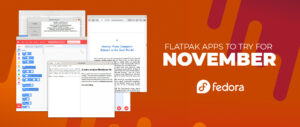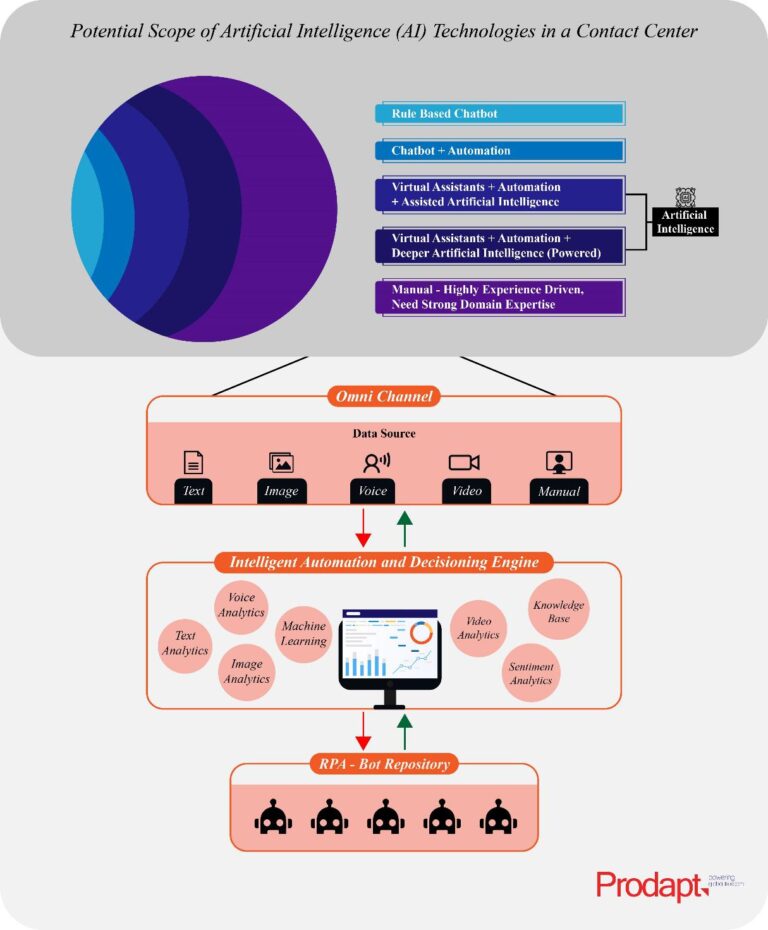Digital business management applications have been a game changer: transforming the ways businesses oversee day-to-day operations, add value to the bottom line, and compete in competitive markets. Cloud technology coupled with smartphone applications has been an even greater breakthrough. Now, business leaders have access to key business data from an internet-connected device wherever they might be.
No less important, the power of cloud-based and mobile applications has forever changed expense reporting. Businesses that leverage the technology can eliminate the need for paper-based processes when managing reimbursements and see a positive impact to their bottom line. Outlined below are five benefits that businesses experience as they embrace mobile expense reporting apps.
Shrink Time Investment & Boost Productivity
One of the biggest pain points with expense reporting is the amount of time it takes for employees to keep up with and submit receipts – time stolen from other, more essential tasks. In addition, hours of effort are spent by finance people reminding employees to submit reports or returning those reports for the correction of errors.
Cloud-based reporting software automates these time-consuming tasks, while also providing users the latest data on reports, contracts, budgets, invoices and more. For expense reports, an employee takes a picture of their receipt, and the system uses machine learning to automatically complete the report with data from the picture (i.e., transaction date, location, amount, type, etc.). The employee can then attach the picture and verify the expense classification. Some applications can also use artificial intelligence to detect when a corporate card is used, send notifications to remind the employee to capture images of the physical receipts, automate corporate card bank reconciliations, and streamline reimbursements to employees.
Save Money
Time is indeed money, so how does expense management software improve that equation? When expense reporting is done digitally and with AI-enabled technologies, it reduces tangible costs like paper, but companies also remove the costs associated with employees and managers contending with hard copies, searching for receipts, and manually matching dollar amounts. Many companies don’t even track how much it costs to process these reports, so introducing software-enabled expense management tools can help save money those businesses didn’t even know they were losing.
What might the average expense report cost an organization? The number of hours spent on expense reports, multiplied by the average hourly salary of the staff, divided by the number of expense reports processed per year, will give an organization’s customized number. And the result might be surprising.
Manage Expenses Remotely
A mobile expense tracking app combined with a cloud-based database means that employees can submit, approve, and access expense reports at any time, from anywhere. When all they need is an internet connection, the barriers to fulfilling tedious but necessary tasks such as expense submission are removed.
Flexibility and workforce mobility have certainly proven to be essential in ensuring business resilience in the last year, when nearly 60% of U.S. workers are working remotely either all or some of the time. Replacing paper-based expense submission with a mobile, digital solution is an efficient way of improving the bottom line while also while also increasing employee satisfaction.
Gain a Comprehensive Business View
Cloud-based expense reporting tools linked to an organization’s business management solution (i.e., Enterprise Resource Planning, Customer Relationship Management, etc.) gives financial teams real-time information, under a single pane of glass, and available on the go. With cloud-based expense reporting, teams have immediate access to every expense report as it is approved and rejected, as well as big-picture views of expenses overall. This ready access streamlines the reimbursement process, ensures only legitimate business expenses are being paid, improves visibility into spend, increases the ability to enforce travel policies, and reduces processing costs.
Make Informed Decisions
It is nearly impossible for employees and managers to have a complete view of financials with paper-based methods. These outdated processes typically require additional work and manual labor, introducing the possibility for errors and omissions. With a mobile expense management app, the digital database and integrated corporate policies do the work for employees. The system can provide business insights with which leaders can make better, data-driven decisions.
Finance teams rely on being able to get a true sense of what’s in the bank to forecast revenue, plan raises and bonuses or decide whether to make other business investments. With modern expense reporting solutions, it’s easier to get a sense of the bottom line and provide estimates and information for tax reporting. Embracing expense reporting systems that utilize AI, ML and automation allows businesses to make more precise predictions about future costs. For example, being able to understand the true cost of sending employees to conferences may help a company adjust its future plans to more realistically align with budget.
Continuing to rely on excel spreadsheets and paper receipts, or other manual expense reporting solutions, generates more problems than it solves – especially in an increasingly digital economy. Businesses can boost productivity, save money, enable their remote workforce, gain a complete business view and make better decisions based on real-time data by utilizing cloud-based expense management tools like mobile expense reporting. Businesses that update outdated expense reporting processes will become more resilient and see a positive impact to the bottom line.
By Ajoy Krishnamoorthy

VP of platform strategy at Acumatica
Ajoy has more than 15 years of experience in the industry in technical, marketing and leadership roles. Prior to Acumatica, Ajoy was at Microsoft driving business success across a wide range of product management and marketing roles most recently serving as Director for OEM Segment Marketing where he and his team were responsible for the go to market strategy across commercial and consumer audiences. In a prior role, Ajoy was part of the product management and marketing team in Microsoft Developer Tools division. Ajoy has co-authored half a dozen books on various MS technologies including ASP.NET and Visual Studio.




